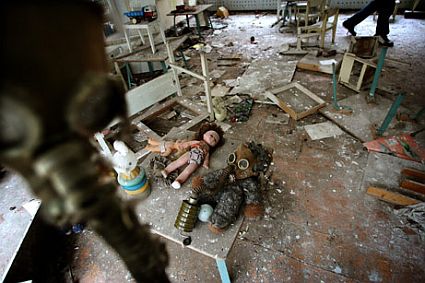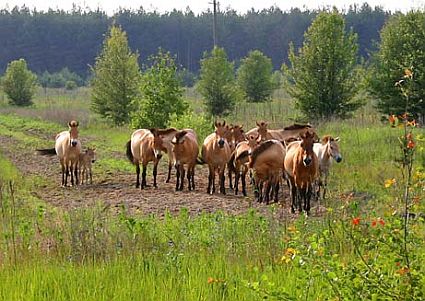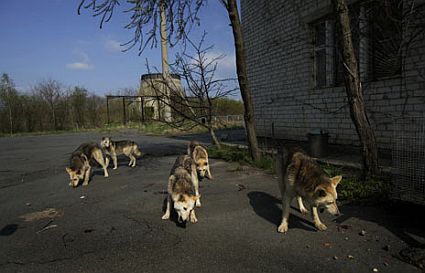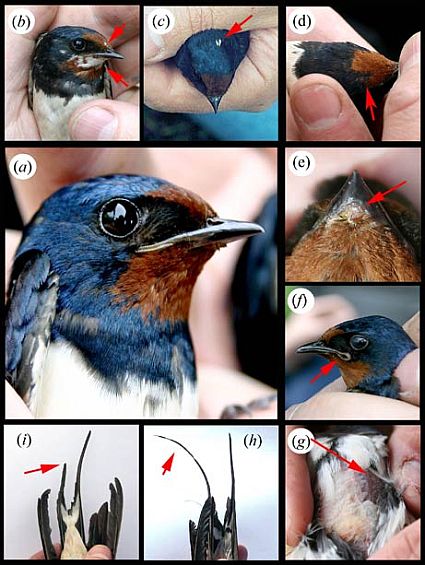
Saturday April 26, 1986 was a day of catastrophe for the Chernobyl Nuclear Power Plant, at 1:23:58 a.m. reactor 4 suffered a catastrophic steam explosion that resulted in a fire, a series of additional explosions, and a nuclear meltdown. It resulted in subsequent radioactive contamination of the surrounding geographic area. Large areas of Ukraine, Belarus, and Russia were badly contaminated, resulting in the evacuation and resettlement of over 336,000 people.

Kindergarten classroom in Pripyat, Ukraine, twenty years after disaster

Till last year scientists saw a silver lining to the disaster since the evacuated area seemed to be filled with new green birch trees, Roe deer bounced though the deserted houses, wild boar were found living in villages and birds thrived in nests. Seemingly Healthy-looking deer, boar, lynx, eagle owls, swallows are among the animals found throughout the zone.

However, these animals could not be surviving unscathed; even though they seem hardier than humans do. Radioactivity must have resulted in some abnormalities in their genes. Such mutated animals and birds could pass on their abnormal genes to the global population.

This concept has been reconfirmed this year, since studies show that barn swallows living near Chernobyl, suffer from many more birth defects and abnormalities than would ordinarily be expected. In addition, the swallows are not living as long and are not breeding as successfully as their distant counterparts.
The findings therefore suggest that people living near the affected zone could still be at risk even though radiation levels have declined.
Keith Baverstock, an environmental scientist at the University of Kuopio in Finland is quoted to have said:
It confirms that even relatively low levels of exposure to radioactive fallout can result in genetic effects. With proposals to increase the use of nuclear energy, this is a matter that needs urgent attention.

Vast radioactive contamination as a result of nuclear tests, accidents at nuclear plants, or even normal operation of nuclear plants has become a global ecological problem, whose importance was so dramatically brought to light by the Chernobyl accident.
Although such catastrophes could probably be avoided, no one can guarantee with certainty that industrial nuclear plants will operate without accidents or that they will ever be provided with 100% closed-circuit (absolutely wasteless) technology. So what other alternatives do we have?
Source: National geographic

